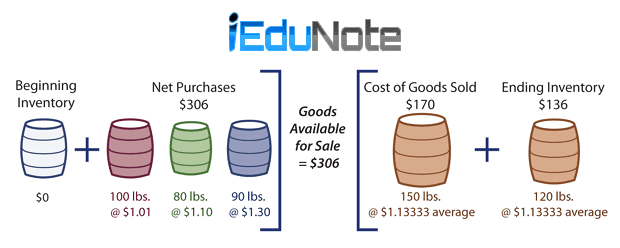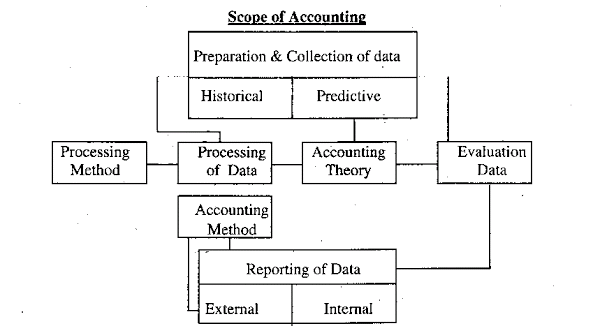The first stage of the accounting process is journaled and journalizing. Journal is the primary book of keeping accounts. The book wherein the transactions are recorded in a chronological order of dates after determining the debit account and credit account of transactions with explanation is called journal.
The word ‘Jour’ means day and journal has been derived from the word Jour. The word journal means a day book or daily book of accounting.
Journal is called the subsidiary book because if transactions are recorded in the journal, according to debit and credit separately in the journal, the accounting permanent book – ledger can be prepared easily and correctly. Some definitions of the journal, given by reputed thinkers, are stated below;

Journal is a book containing a record of each day’s transactions. The journal is a primary book where transactions are recorded in chronological order.
From the above discussion, it can be said that the book of accounts, where after determining the debit and credit accounts of the transactions occurred in an organization is first recorded in chronological order of dates with a brief explanation, is called journal.
Features of Accounting Journal
The first step of the accounting process is to maintain a journal or journalizing of transactions. From the definitions and its recording procedures, the following features of the journal are marked:
- Book of primary entry: The first stage of the accounting process is to maintain a journal. Transactions are first recorded in the journal. That is why the journal is called the basic book of accounts.
- Daily record book: Soon after occurrence and identification of transactions these are recorded in the journal in a chronological order of dates. Since transactions are recorded on the day co-occurrence in the journal, it is called a daily record book.
- Chronological order: Day to day transactions is recorded in a journal in a chronological order of dates. For this reason, the journal is also called a chronological book of accounts.
- Use of dual aspects of transactions: According to principles of double entry system every transaction is recorded in a journal in dual aspects, i.e. debiting one account and crediting the other account.
- Use of explanation: Journal entry of every transaction is followed by explanation or narration because explanations of entries serve the purpose of future reference.
- Different columns: Every page of the journal is divided into five columns: Date, account titles and explanation, ledger folio, debit money column, and credit money column.
- An equal amount of money: For the journal entry of each transaction the same amount of money is written in debit money and credit money columns.
- Subsidiary book: Journalizing of transaction helps preparation of ledger conveniently. That is why the journal is called a subsidiary book to the ledger.
- Use of different journal books: Journal means general journal. But considering size-nature and volume of transactions journals are sub-divided in many classes. For example; Purchase journal, sales journal, purchase return journal, sales return journal, cash receipt journal, cash disbursement journal arid journal proper. The uses of the journal are determined considering the necessity of the organization.
Objects and Advantages of Journal
- Detail descriptions of transactions are available in the journal,
- It is the primary and basic book for recording transactions.
- It is the daily book of transactions.
- From various subsidiary journals, necessary information can be known easily.
- Increases efficiency in accounting tasks.
- It helps the distribution of recounting tasks among the employees according to their efficiency.
- Helps to minimize errors.
- As various subsidiary journals are maintained, they become smaller in size and can be handled easily.
- The possibility of omission of transactions – recording is removed.
- It is used as future reference.
- Ledger can be kept brief and in a neat and clean manner.
- It helps rectification ‘of errors.
Method of Journalizing
It has already been said that as per the principle of accounting accounts are divided into 5 groups.
For example, income accounts, expenditure account, asset account liability account and capital account.
For determining debit and credit transactions are to be classified under these five groups. After classification, accounts are to be debited and credited and transactions are journalized as per some fixed rules.

